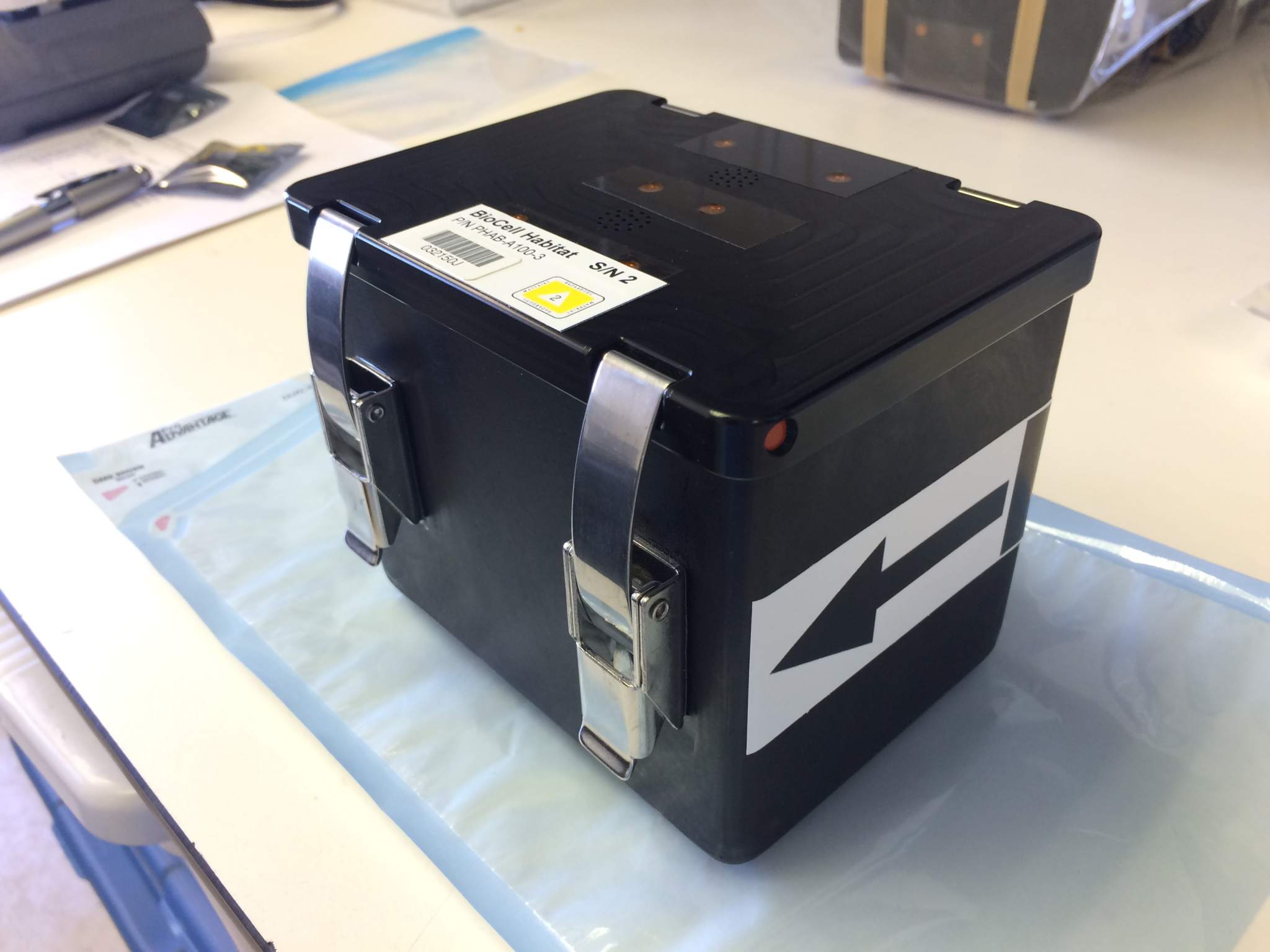NASA has revealed plans to grow bioprinted cancer cells in space in a bid to advance cancer research.
Utilizing the microgravity environment, NASA hopes to the cell structures will grow in a more natural spherical shape. Since, back on earth in vitro the cells have only able been able to grow in two-dimensional layers. However to harness the cells without the presence of gravity, NASA is hoping to employ magnets.

Magnetized cells
The project will build upon recent research conducted on the manipulation of cells with magnets. In this investigation, the team bioprinted magnetized cells using a process developed by Nano3D Biosciences. Using gold particles and magnets, the research found they could better handle human lung cancer cells. Nano3D Biosciences has also investigated whether gold particles are biocompatible and determined the use of the particles would not harm research.
Luis Zea, project manager and research associate at BioServe Space Technologies, University of Colorado, Boulder explains,
This technology may enable us to handle cells in space in a way currently not possible. We can use it to manipulate cells and make sure they are where we want them.

Unrestricted growth
NASA and the BioServe Space Technologies group will conduct the cell growth research in space as it may provide a better understanding of in vivo cancer growth. Currently the growth of cancer cells is difficult to understand because the cells are unable to grow in the true spherical 3D form. In living organisms, cancer forms in spherical cells which determines the way it grows. However this is restricted when grown in vitro, but it is hoped by removing the effects of gravity the cells will have unrestricted growth. By launching cancer cells in to space, the research team expect to learn more about how cancer cells grow and form in the human body and subsequently learn more about possible treatments.
Luis Zea explains the project begins by “growing cells on a medium on the ground, launch to space, and then start the experiment. With the magnetic particles, we can start growing cell cultures in space the same as on Earth.” This is not the first time a group has attempted to take advantage of the microgravity environment, Made in Space have revealed plans to 3D print ‘out of this world’ fibre optic cables which would not be possible to manufacture back on earth.
Elsewhere in the field of cancer research, Rice University in Houston, Texas has received $5 million funding for 3D printed cancer research.
For all the latest 3D printing news, subscribe to the most widely read newsletter in the 3D printing industry, follow us on twitter and like us on Facebook.
Featured image shows a BioCell which can contain six samples. Photo via BioServe.



